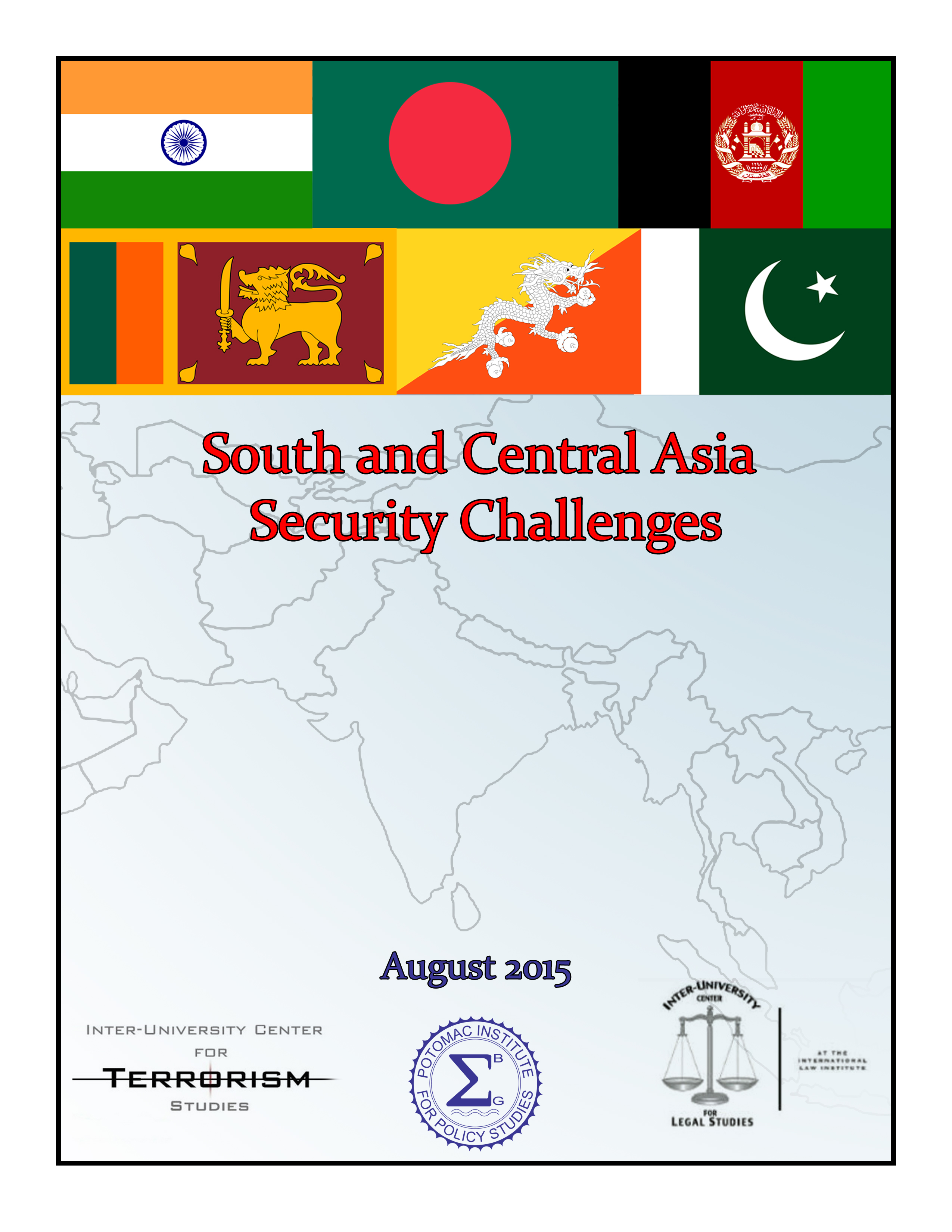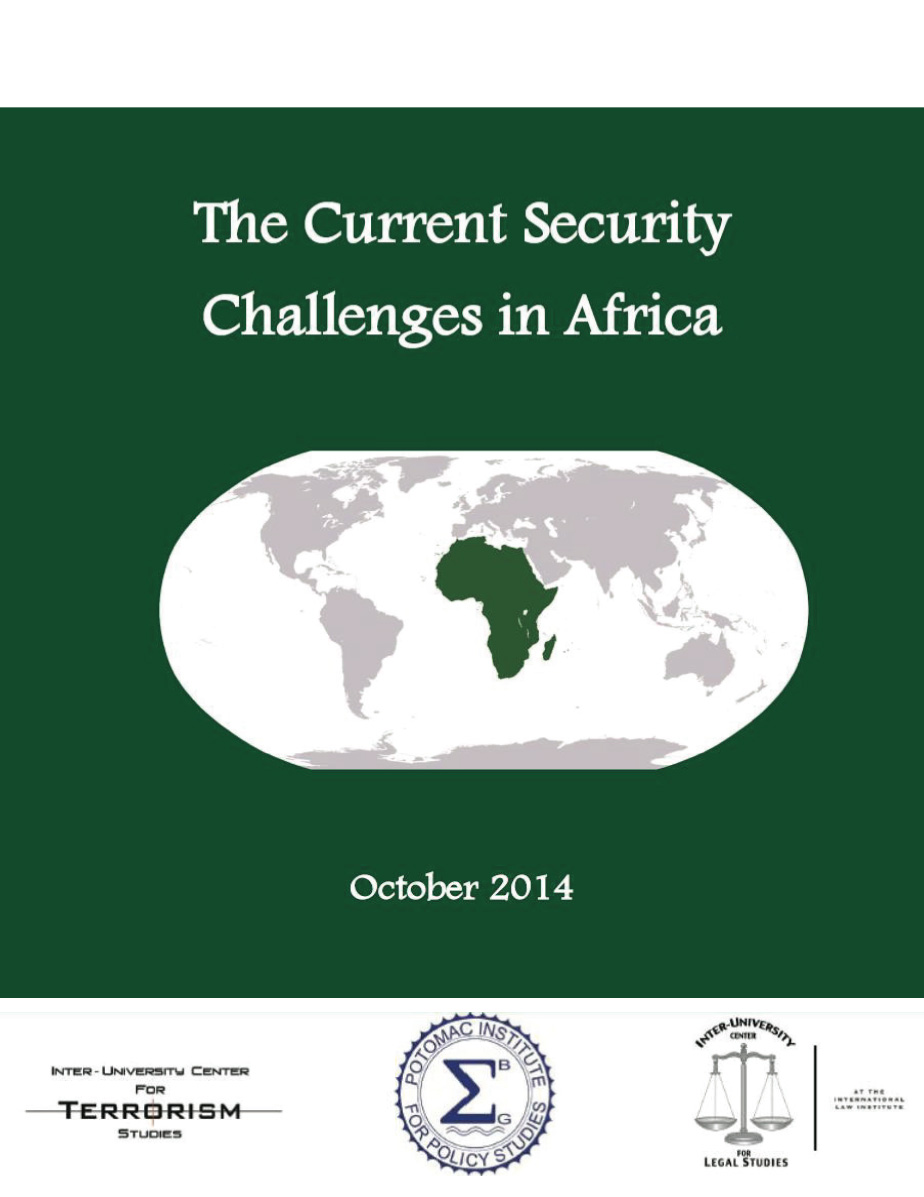Publications
Introduction
Professor Yonah Alexander
Director, Inter-University Center for Terrorism Studies
Since the division of the subcontinent in 1947, South Asia has continuously been facing multiple threats to peace, stability, and economic development. Regional countries -- India, Pakistan, Bangladesh, Afghanistan, Sri Lanka, Nepal, and Bhutan -- have experienced various forms of intolerance, extremism, and violence. Suffice it to mention organized crime, terrorism, insurgency, periodic flare-ups, armed skirmishes, and outbreaks of civil and external wars. An ongoing critical security concern is the unresolved conflict between India and Pakistan over the control of Kashmir. Indeed, this challenge contains the seed of a potential nuclear escalation that might drag the entire region to the brink of an unprecedented disaster.
It is not surprising, therefore, that the academic community worldwide has closely followed strategic developments in South Asia for decades. For example, the Institute for Studies in International Terrorism at the State University of New York (SUNY) cooperated in 1968 with educational partners in India to hold an international conference in New Delhi dealing, inter alia, with communal violence as an obstacle to peace. Similar academic undertakings were co- sponsored with numerous institutions in the region and elsewhere in Asia, including China, Japan, Indonesia, and South Korea.
Ebola & Extremism: Rising Security Threats from Natural & Man-made Challenges in Africa
Professor Yonah Alexander
Director, Inter-University Center for Terrorism Studies
Two major security challenges are facing contemporary societies in Africa and elsewhere. The first stems from natural disasters, and the second is from calamities caused by man-made actions. More specifically, “mother nature’s” profound impact on Africa’s security ranges from earthquakes to famine to infectious disease epidemics.
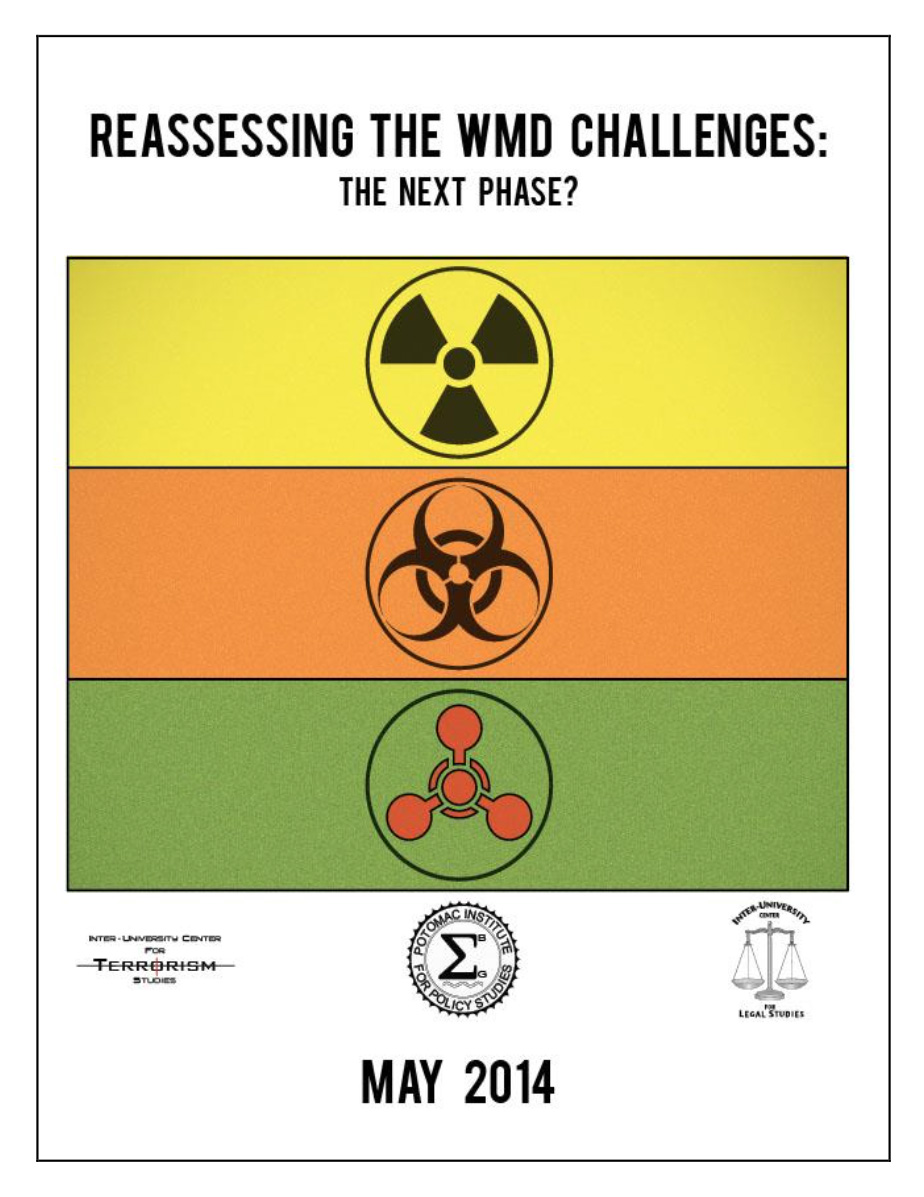 Introduction excerpt: Professor Yonah Alexander
Introduction excerpt: Professor Yonah Alexander
Director, Inter-University Center for Terrorism Studies
The resort to force as a tactical and strategic tool in the struggle for power within and among nations is as old as history itself. As Homer observed more than three thousand years ago: “The blade itself incites to violence.”1 Thus, the modus operandi of both strong and weak actors has been to deploy a wide range of arms, from primitive to high tech to mass destruction (biological, chemical, radiological, and nuclear).
Suffice to mention several historical examples of this evolutionary process. During the first century, Jewish extremists known as Zealot Sicarii used daggers in surprise attacks against Roman leaders in occupied Judea. Similarly, primitive martyrdom missions were undertaken by the Hashashin (Assassins) against the Crusaders in the Middle East in a campaign lasting some 200 years between the eleventh to the thirteenth centuries. The strategic implications of this record have amply demonstrated that even “low-level” tactics are durable and effective.
Indeed, over the subsequent centuries, violent conflicts featured the evolution of weaponry from swords and catapults to guns and explosives and increasingly to more sophisticated land, sea, and air arms. Antoine-Henri Jomini (a military philosopher and general under Napoleon and Tsar Nicolas I who was best known for his influential book, “Summary of the Art of War,” published in 1838) keenly predicted that “the means of destruction are approaching perfection with frightful rapidity.”
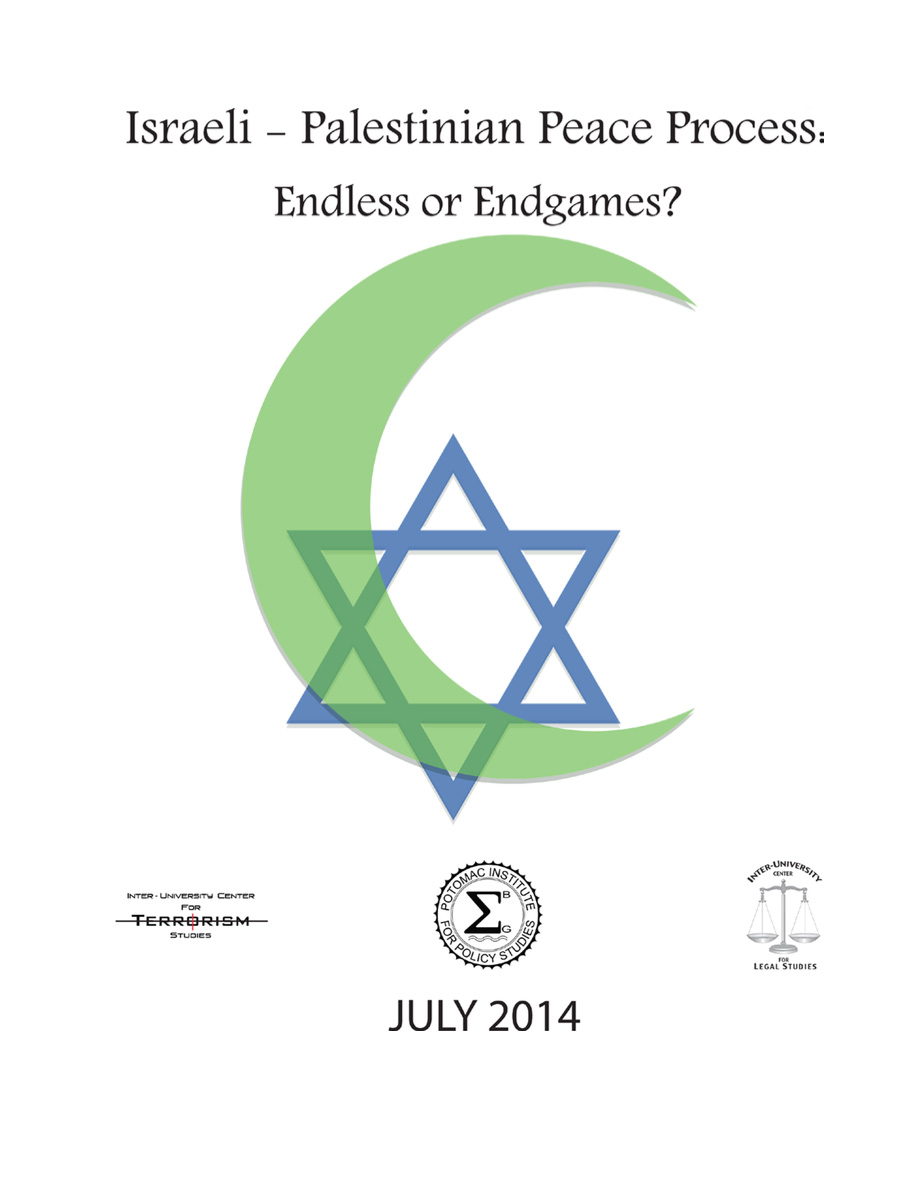 Introduction excerpt:
Introduction excerpt:
Professor Yonah Alexander
Director, Inter-University Center for Terrorism Studies
As this report goes to press, the world once again has been facing an alarming upsurge of threats to peace in the form of terrorism, insurgencies, and outbreaks of full-scale wars. Some of the expanding manifestations of violence have been aggravated by ideological extremism, nationalistic fanaticism, ethnic hatred, racial prejudices, religious animosities and justified in the name of “rights,” “justice” and even “peace.”
The current security challenges include the renewed Palestinian-Israeli hostilities in Gaza, the apparent “Balkanization” of Syria and Iraq, and Iran’s continued nuclear ambitions. These concerns threaten not only the future destabilization of the region itself but also contain the seeds for grave strategic implications globally.
The stopping of the unfolding violence and building a lasting peace in the region overshadows any other immediate security considerations. For example, as members of the academic community we have an obligation to provide an intellectual context to the Israeli- Palestinian conflict as well as to participate in the international effort to advance the cause of peace in the Middle East and elsewhere. In this connection it is noteworthy to mention several studies that were undertaken over the years. First is a book titled Crescent and Star: Arab and Israeli Perspectives on the Middle East Conflict edited by Yonah Alexander and Nicholas N. Kittrie and published by AMS Press in New York and Toronto in 1973. This volume focused on various questions that underlie the regional and global challenges. Some of the issues addressed were the following: a conflict between two antagonistic nationalisms; religious and ethnical tensions; violations of minority and human rights; expansionism and boundary disputes; conflict over the control of Jerusalem and the Holy Places; hostilities concerning the use of the Jordan River and freedom of navigation in the Gulf of Aqaba and Suez Canal; a competition among world powers.
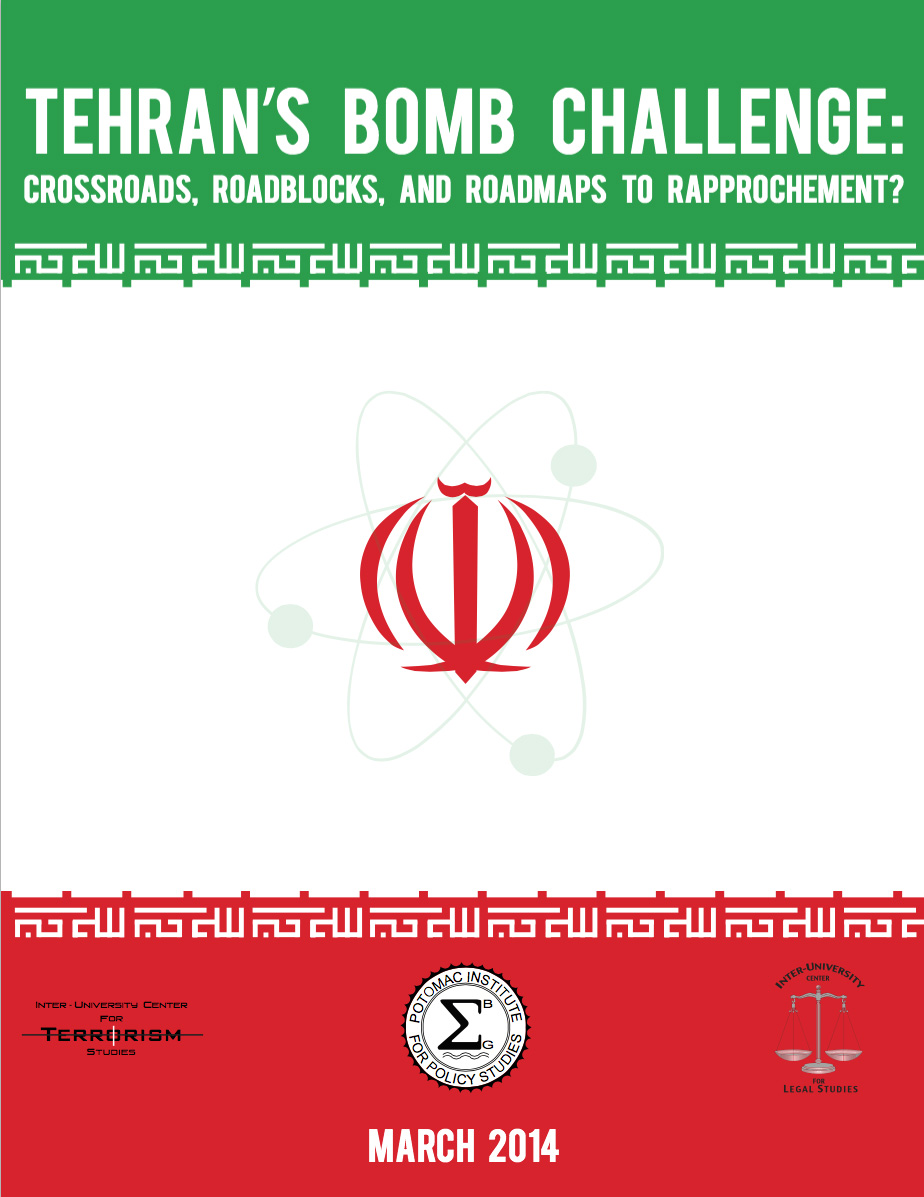 Introduction
Introduction
Professor Yonah Alexander
Director, Inter-University Center for Terrorism Studies
The rise of power in Iran of the Ayatollah Ruhollah Khomeini and the November 1979 seizure of the United States Embassy in Tehran and of some 60 American hostages by “revolutionary students” triggered a flurry of introspection in Washington concerning the policies which successive Administrations had followed with a country of enormous strategic and economic importance in the Middle East.
Among the questions that have been raised during that historical period were the following: What had gone wrong? Why had the United States failed to assess correctly the strength of the elements that brought down the Shah [Shahanshah, King of Kings, Mohammed Reza Pahlavi in January 1979, after a 37-year rule]? Why had the United States linked its fortunes so closely to those of the Shah in the first place? What did the national interests of the United States consist of as applied to Iran? What were the full implications of the transformation of Iran from a friendly ally to a hostile adversary of the United States?
These and related issues were analyzed in a study on The United States and Iran: A Documentary History, co-edited by Yonah Alexander and Allan Nanes and published by the University Publications of America in 1980. This work was prepared in association with the World Power Studies Program of the Center for Strategic and International Studies at Georgetown University.
During the next 34 years, other research efforts have been undertaken, focusing on Iran’s strategic and tactical intentions, capabilities, and actions. For instance, Tehran’s expanding terrorism role was discussed within the framework of the study, Terrorism: As State-Sponsored of Covert Warfare, co-authored by Ray S. Cline and Yonah Alexander and published by Hero Books in 1986. This work was undertaken in cooperation with the Center of Strategic and International Studies of Georgetown University and prepared at the request of the Subcommittee on Security and Terrorism for the use of the Committee on the Judiciary of the United States Senate. This publication underscored the fact that the goal of psychological terror and physical violence employed by totalitarian dictatorships, like the Iranian regime, is to maintain control of their own people and to expand this kind of control over other regions and nations. In the face of Iran’s terrorism challenge, the United States, its friends and allies, particularly Israel, have developed a wide range of countermeasures. They consisted inter alia of intelligence, economic and security assistance, political and diplomatic pressures, economic sanctions, clandestine counter-terrorism infiltrations, and overt military operations.
Read more: Tehran's Bomb Challenge: Crossroads, Roadblocks, and Roadmaps to Rapprochement

